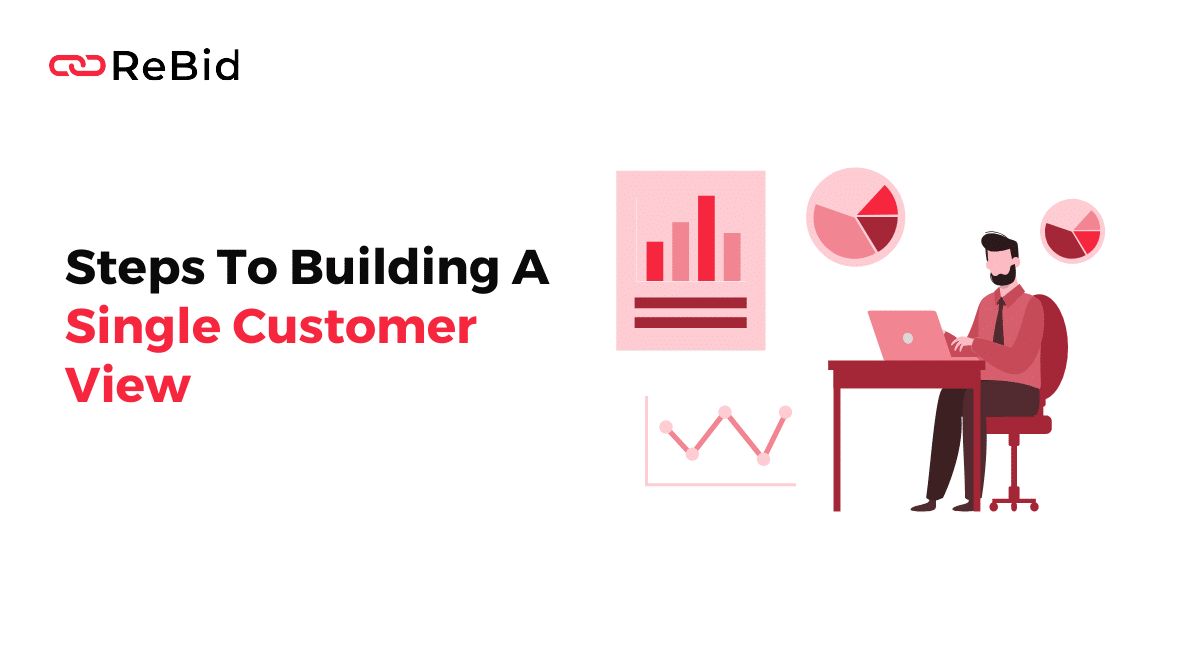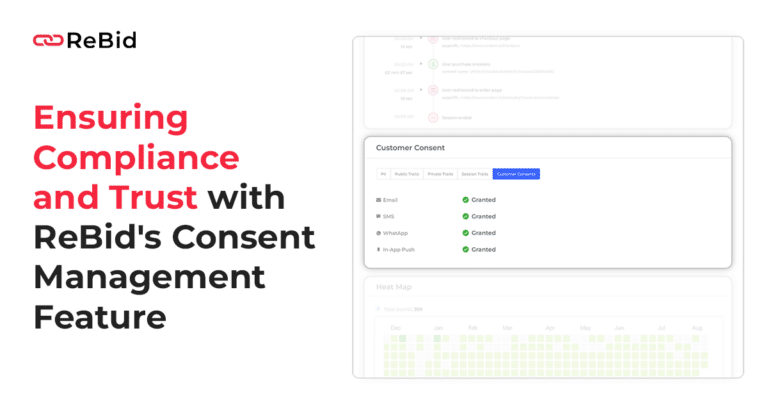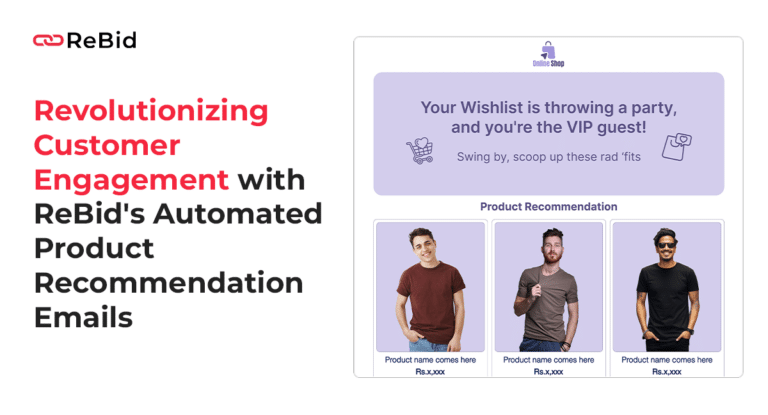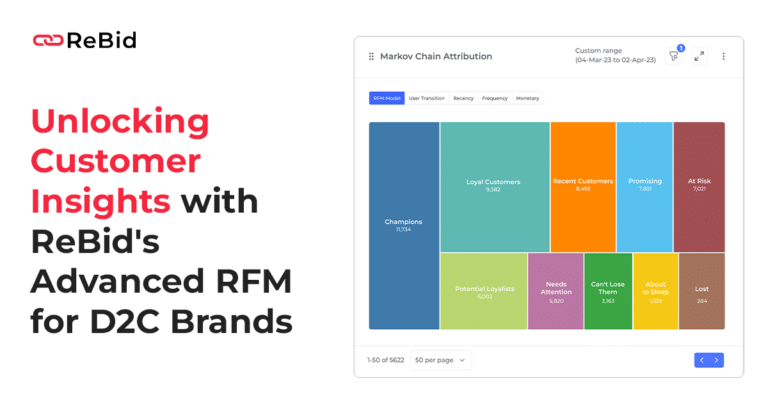Introduction to Building a Single Customer View (SCV)
Single Customer View (SCV) is a concept that has gained significant traction in the marketing and customer service sectors. It refers to the comprehensive and unified representation of all the data and interactions a business has with its customers. Building a Single Customer View allows businesses to understand their customers better, tailor their offerings, and enhance the overall customer experience.
In today’s digital age, customers interact with brands across various platforms – from social media to e-commerce websites, and from emails to customer service calls. Building a Single Customer View by capturing these interactions and consolidating them into a single view is crucial for businesses to remain competitive. By doing so, they can offer personalized experiences, anticipate customer needs, and build stronger relationships.
According to K2View, one of the significant challenges in Building a Single Customer View is ensuring data quality. This requires continuous data integration, extraction, and unification. Another resource from Insurance & Technology emphasizes the importance of creating a strategy and cleansing existing data to build an effective SCV.
Benefits of Building a Single Customer View
A Single Customer View (SCV) offers numerous advantages to businesses, especially in an era where data-driven decisions are paramount. Here are some of the most notable benefits:
1. Cleaner Data and Removal of Information Silos with Building a Single Customer View
- Unified Data Source: With SCV, businesses can consolidate data from various departments and platforms into one centralized system. This ensures that everyone in the organization accesses the same, updated information about customers.
- Elimination of Redundancies: SCV helps in identifying and removing duplicate data entries, ensuring that the data remains clean and accurate.
- Breaking Down Silos: Often, different departments in a business operate in isolation, leading to information silos. SCV ensures that all departments work with a unified view of the customer, promoting better collaboration and decision-making.
According to a guide by K2View, achieving a Single Customer View requires continuous data integration and unification, emphasizing the importance of cleaner data.
2. Better Insights into the Customer Journey through Building a Single Customer View:
- Holistic View: SCV provides a 360-degree view of the customer, capturing every interaction across different touchpoints. This allows businesses to understand the entire customer lifecycle.
- Personalized Experiences: With a deeper understanding of the customer journey, businesses can tailor their offerings and communications to match individual customer preferences and needs.
- Predictive Analysis: Using the insights from SCV, businesses can anticipate future customer behaviors and trends, allowing them to be proactive rather than reactive.
Insurance & Technology’s article highlights the importance of creating a strategy to gain better insights into the customer journey.
3. Proper Attribution and Understanding of Channel Performance by Building a Single Customer View:
- Accurate Attribution: SCV allows businesses to accurately attribute conversions and sales to the right marketing channels, helping them understand which channels are most effective.
- Optimized Marketing Spend: By understanding channel performance, businesses can allocate their marketing budget more efficiently, ensuring higher ROI.
- Improved Customer Engagement
Steps to Building a Single Customer View
Building a Single Customer View (SCV) is a structured process that requires careful planning, the right technology, and a dedicated team. Here’s a step-by-step guide to help businesses achieve a comprehensive SCV:
1. Align Your Data Owners and KPIs
- Organizational Alignment: It’s crucial for all departments, from marketing to sales to customer service, to align their objectives and understand the importance of a unified customer view. This ensures consistency in data collection and interpretation.
- Role of IT: The IT department plays a pivotal role in consolidating data from various sources. They ensure that the data is accurate, updated, and accessible to all relevant stakeholders.
- Key Performance Indicators (KPIs): Establishing clear KPIs helps in measuring the effectiveness of the SCV and ensures that all teams are working towards the same goals.
2. Find the Right Tech
- Usability: The chosen platform should be user-friendly, ensuring that even non-tech-savvy team members can access and interpret the data.
- CRM Integration: A seamless integration with the existing Customer Relationship Management system is crucial to avoid data discrepancies.
- Data Quality Tools: These tools help in cleaning the data, removing duplicates, and ensuring accuracy.
- Automation: Automation capabilities can streamline data collection and analysis, making the process more efficient.
- Scalability: Depending on the company size, the chosen platform should be scalable to accommodate growing data and user requirements.
3. Sort and Integrate Data from Legacy Systems
- Data Quality Audit: Before integrating data, conduct an audit to assess the quality and accuracy of the existing data.
- Integration Points:
- Data Warehouse: A centralized repository where all the data is stored and accessed.
- Point-of-Sale (POS) Systems: These systems capture sales data, which is crucial for understanding customer purchase behaviors.
- Marketing Automation Systems: These platforms track marketing campaigns, email interactions, and other marketing-related data.
- Call Center Systems: Data from customer service interactions provides insights into customer issues, feedback, and satisfaction levels.
4. Set Your Data Governance Strategy
- Data Management vs. Data Governance: While data management refers to the actual handling and processing of data, data governance encompasses the guidelines and policies that dictate how data should be managed.
- Retrieving Data: Guidelines should specify how data is accessed, ensuring that only authorized personnel can view sensitive customer information.
- Storing Data: Policies must dictate where and how data is stored, ensuring its safety and accessibility.
- Processing Data: This involves guidelines on how data is analyzed, shared, and used within the organization.
Testing and Implementation
Before fully deploying a Single Customer View (SCV), it’s imperative to rigorously test the system. This ensures that the platform operates as intended and that the data is accurate and reliable.
- Importance of Testing: Just as a new software undergoes beta testing, the SCV system must be tested to identify any glitches, inaccuracies, or inefficiencies. This step is crucial to ensure that the system provides value and operates seamlessly.
- Data Linkage: One of the primary goals of SCV is to link data from various sources. Testing ensures that this linkage is accurate, and there are no missing data points or discrepancies.
- Correct Data Reporting: The system should be able to generate accurate reports that provide insights into customer behaviors, preferences, and interactions. Testing ensures that the reporting tools are reliable and that the data visualization is intuitive and informative.
How ReBid Can Help
ReBid offers a unique approach to ad-to-transaction visibility, setting it apart from other Customer Data Platforms (CDPs). In the context of building a Single Customer View, ReBid enhances the visibility from advertisement interactions to final acquisitions, ensuring a holistic view of the customer journey.
The platform comprises three modules:
- Full Stack CDP: This module aids in profile enrichment, providing a 360-degree view of customers.
- Advanced Visualizations: From live campaign trackers to advanced dashboards, this module offers deep insights into customer interactions.
- Marketing Automation Workflows: Automating profile merging, data enrichment, and campaign automation, this module streamlines the SCV process.
By leveraging ReBid, businesses can achieve a comprehensive Single Customer View, optimizing advertising outcomes and minimizing ad spend wastage.
FAQs
1. What are the elements to a single customer view?
A Single Customer View (SCV) consolidates various elements to provide a 360-degree view of a customer. These elements include:
- Personal Information: Such as name, age, gender, and contact details.
- Transaction History: Including purchases, returns, and inquiries.
- Interaction Data: Capturing touchpoints like emails, calls, and social media interactions.
- Behavioral Data: Web browsing habits, product preferences, and feedback.
- Demographic Data: Information related to the customer’s location, occupation, and more.
- Customer Service Interactions: Feedback, complaints, and resolutions.
2. Why is a single view of the customer important?
A single view of the customer is crucial for several reasons:
- Personalized Experiences: By understanding a customer’s preferences and behaviors, businesses can tailor their offerings and communications.
- Efficient Marketing: It allows for targeted marketing campaigns, leading to better ROI.
- Improved Customer Service: Understanding past interactions helps in resolving issues faster and more efficiently.
- Data-Driven Decisions: A consolidated view provides actionable insights, aiding in strategic decision-making.
- Enhanced Customer Loyalty: By offering relevant and timely interactions, businesses can foster stronger customer relationships.
3. What is a single view?
A single view, in the context of customer data, refers to the unified and consolidated representation of all information and interactions a business has with an individual customer. It captures data from various sources and platforms, presenting it in a cohesive manner. This holistic view allows businesses to understand their customers better, optimize their strategies, and enhance overall customer experience.





